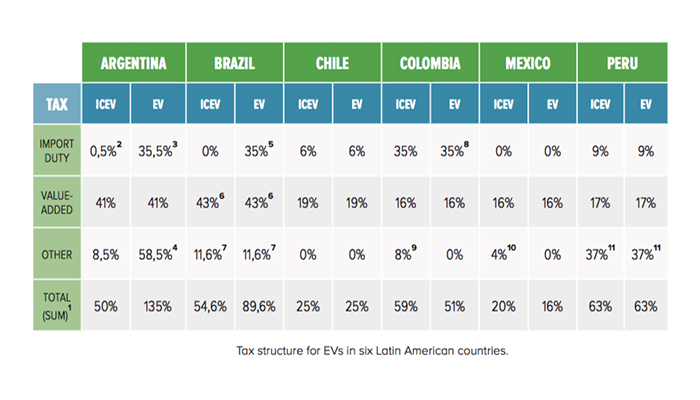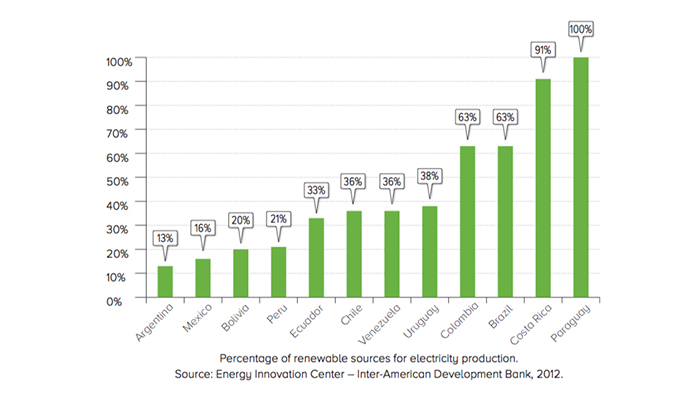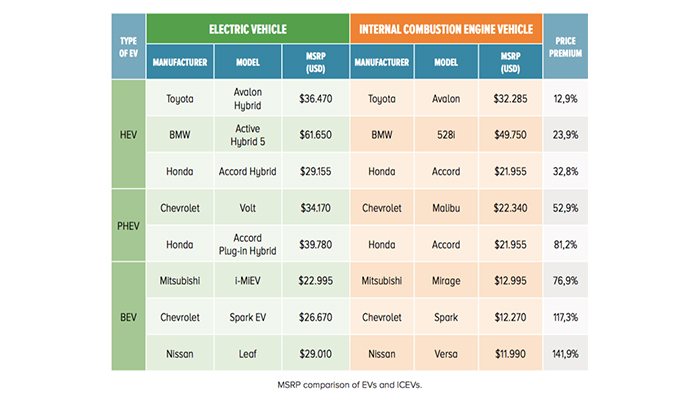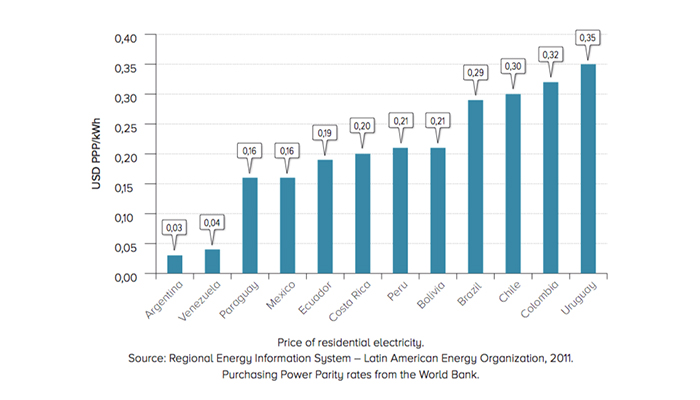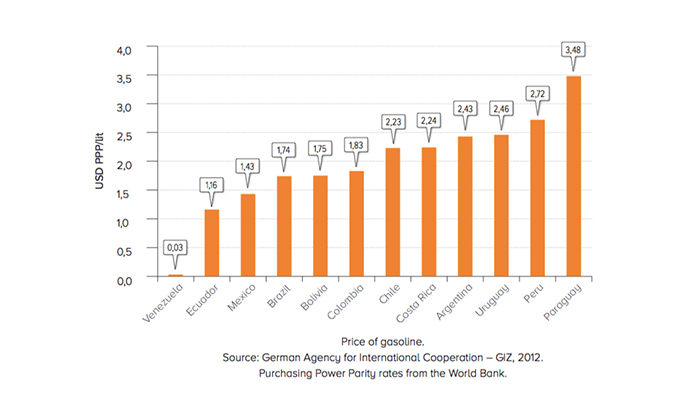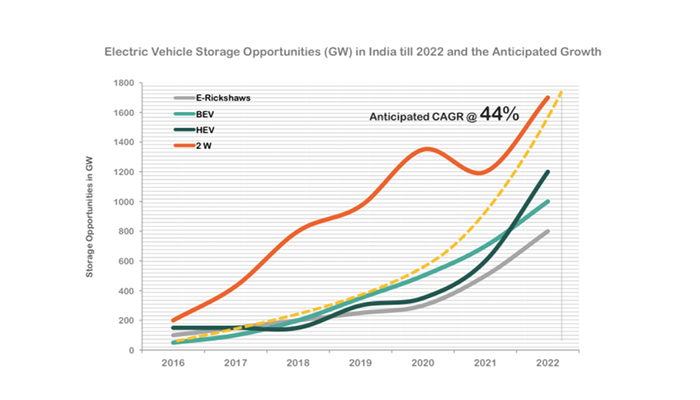The Inter-American Development Bank is one of the main institutions that guides and funds Latin American progress. In 2010, the company stated that nearly 20,000 electric cars were sold worldwide. In the end of 2014, said figures exceeded 700,000 and by June 2017, gross sales surpassed the 2 million mark. Nearly half of the demand comes from the United States, a quarter from Japan, and the remaining amount belongs to China and the rest of the world.
The South American countries that lead the implementation of electric vehicles are Argentina, Brazil, Chile, Colombia, Mexico, and Peru, which are expected to be selling between 52,000 – 220,000 units per year by 2023. Electric cars possess an advantage over gasoline fuelled vehicles as both maintenance and fuel is cheaper. Although acquisition prices are seemingly higher for electric cars, in the long run, it remains the better deal. The benefits of charging with electricity represent a 98% discount in Argentina, 90% in Paraguay, and 70% in Brazil, Colombia, and Ecuador.
The Chilean government has identified seven companies that it wants to develop value-added lithium projects, state development agency CORFO (Production Development Corporation) said. Chile is part of South America’s “lithium triangle,” which contains more than half the known global reserves of the commodity. Chile has an exciting opportunity to build exposure to one of the leading industries of the coming decades by leveraging its lithium ion reserves into downstream value-added industries. Global automotive consumers are rapidly and unexpectedly embracing the opportunities for zero emissions electric vehicles transport. This will not only dramatically reduce the public health costs of pollution but also enhance energy security through reduced reliance on imported oil, with all the economic advantages this entails.

